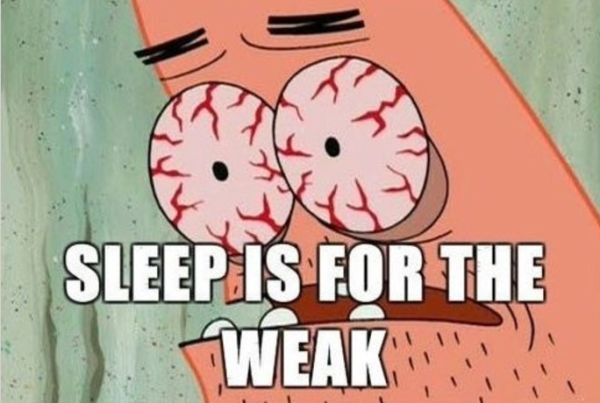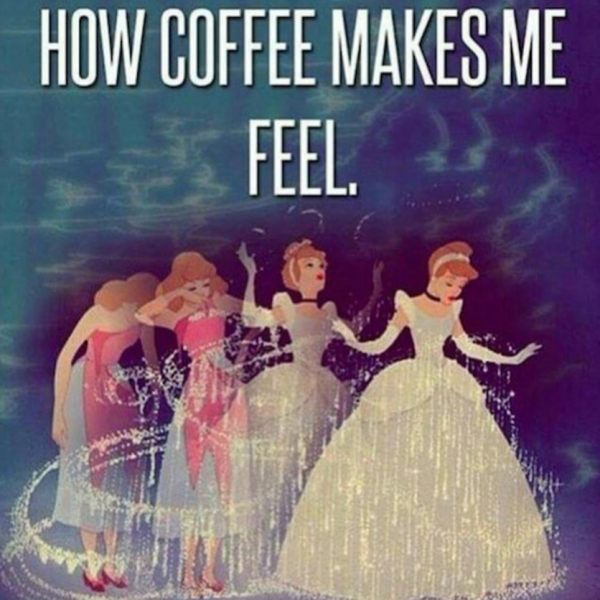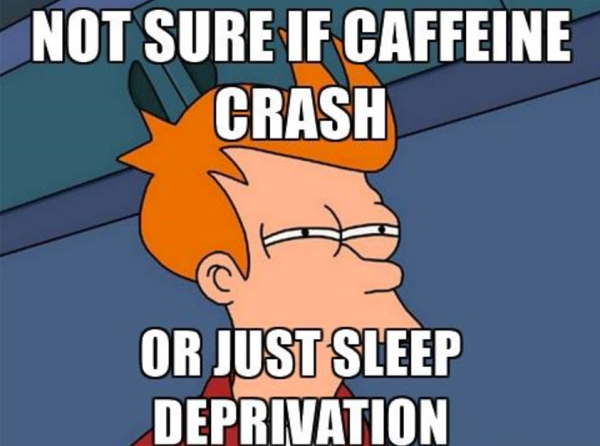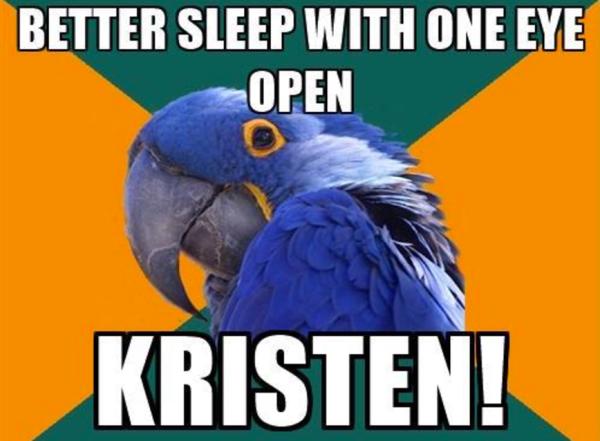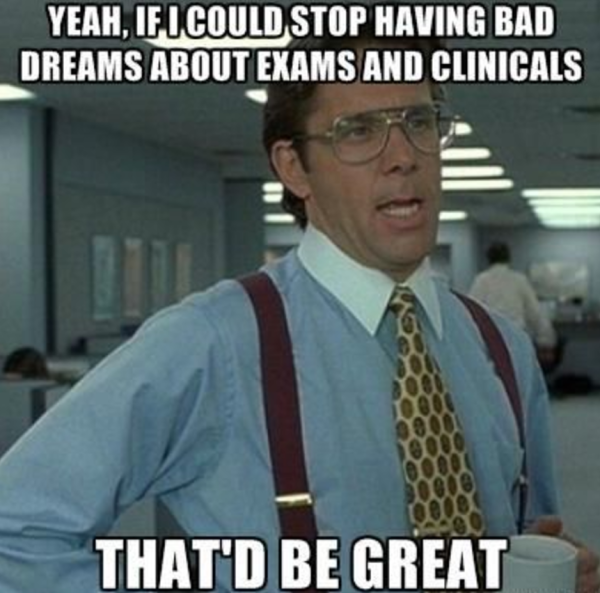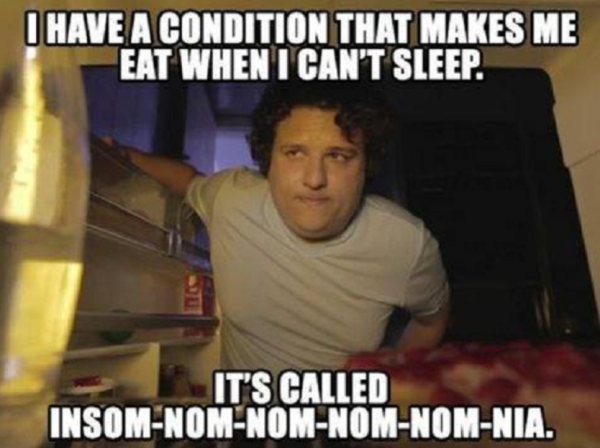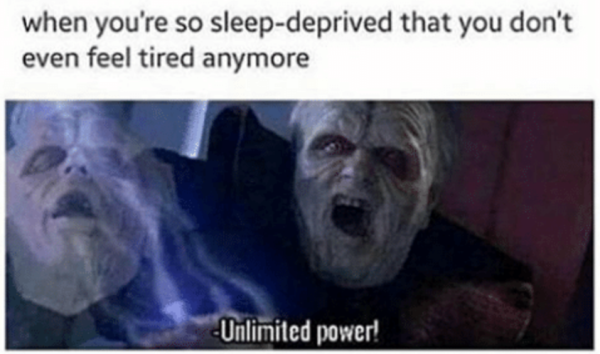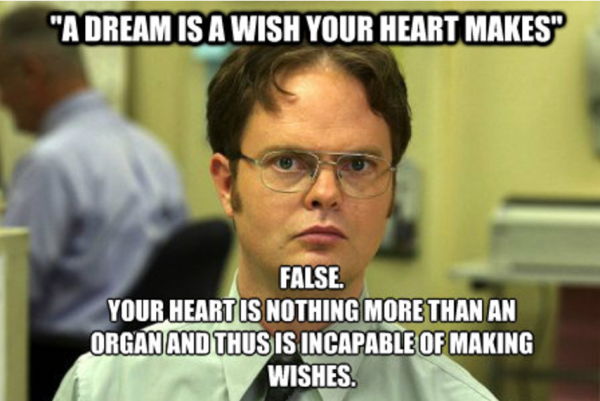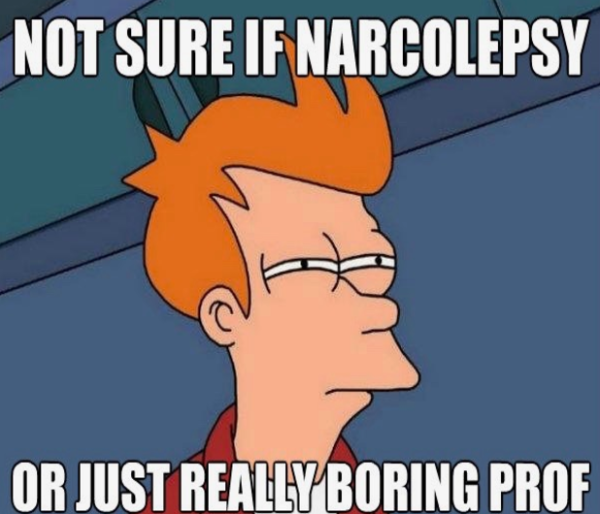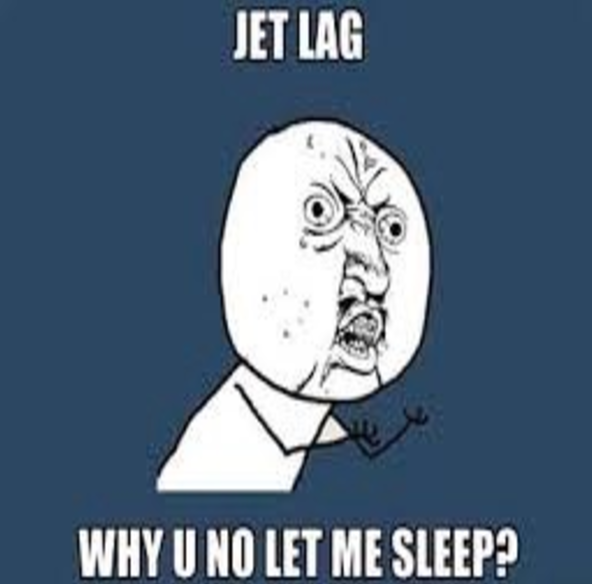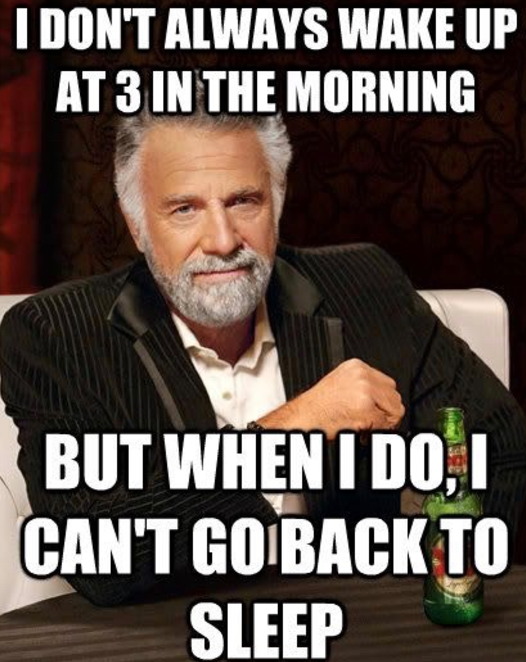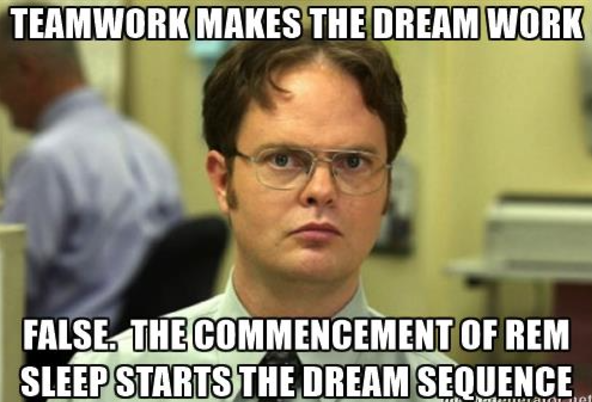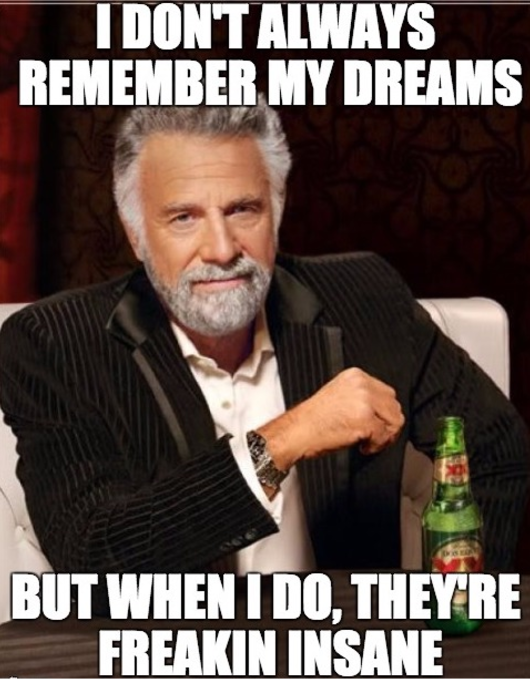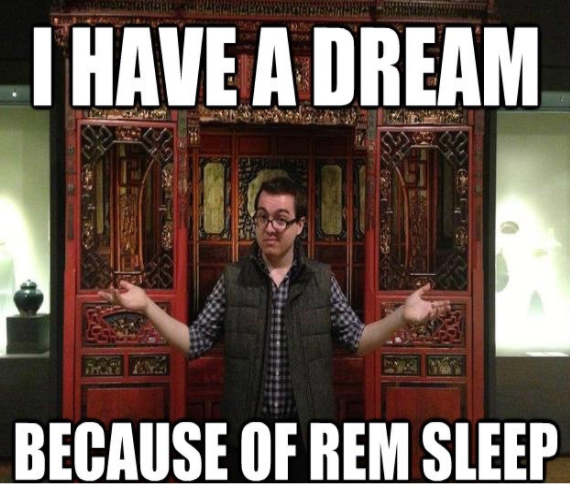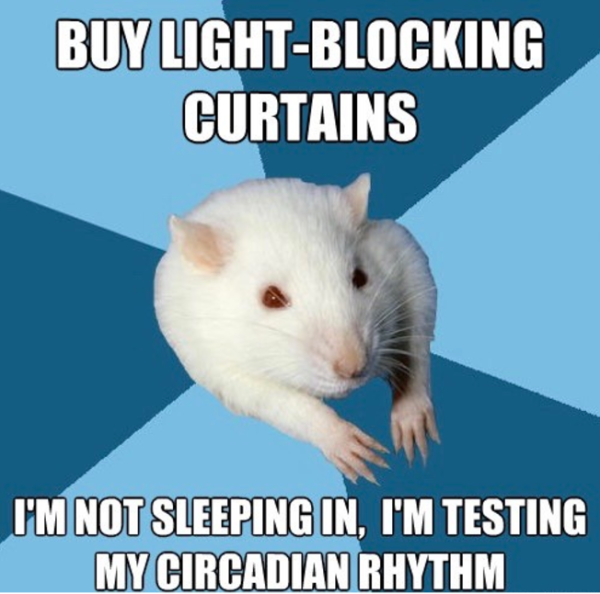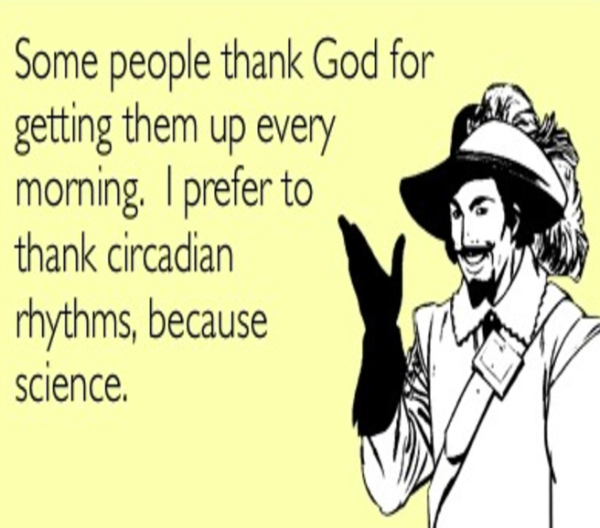Why and how does coffee make you feel so great (at first)?
Well, it’s important to know that there are two processes that determine when a human is awake and when a human is asleep: Process-C (drive to be awake) and Process-S (drive to be asleep). Process-C is your Circadian rhythm. Process-S, on the other hand, works to make you sleepy by building up a chemical pressure in your brain. The longer you are awake, the more you build up the chemical (namely, adenosine) and the sleepier you feel.
So, how does coffee fit into this equation? The caffeine found in coffee binds onto the receptors of adenosine, convincing the brain that there isn’t as much adenosine buildup as there actually is. Thus, you don’t feel as sleepy you as would be without coffee.
Borbély, A. A. (1982). A two process model of sleep regulation. Human Neurobiology, 1(3), 195-204. Retrieved from https://search.proquest.com/docview/616860359?accountid=14496
Huang, Z., Qu, W., Eguchi, N., Chen, J., Schwarzschild, M. A., Fredholm, B. B., . . . Hayaishi, O. (2005). Adenosine A2A, but not A1, receptors mediate the arousal effect of caffeine. Nature Neuroscience, 8(7), 858-859. doi:10.1038/nn1491

